Species Photo Gallery for Ponana quadralaba No Common Name 19 |
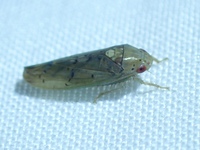 | Photo by: Kelli Ashby
Durham Co.
Comment: Attracted to UV light | 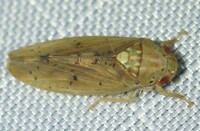 | Photo by: Rob Van Epps
Mecklenburg Co.
Comment: Attracted to UV light. |
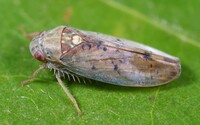 | Photo by: Rob Van Epps
Mecklenburg Co.
Comment: Attracted to porch light. Suburban yard near woods. | 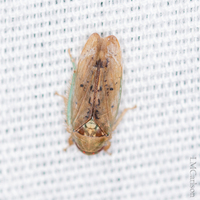 | Photo by: Lior Carlson
Orange Co.
Comment: |
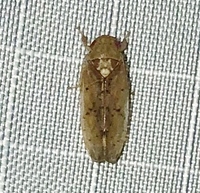 | Photo by: Ken Kneidel
Mecklenburg Co.
Comment: came to UV light at night | 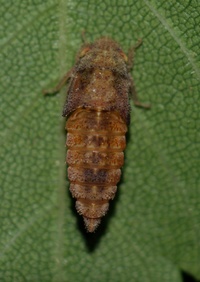 | Photo by: Scott Bolick
Randolph Co.
Comment: |
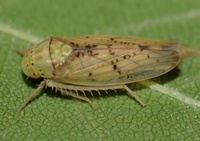 | Photo by: Scott Bolick
Randolph Co.
Comment: | 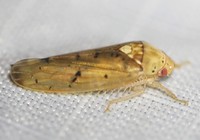 | Photo by: Rob Van Epps
Mecklenburg Co.
Comment: Came to UV light. |
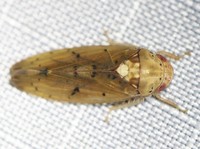 | Photo by: Rob Van Epps
Mecklenburg Co.
Comment: Came to UV light. | 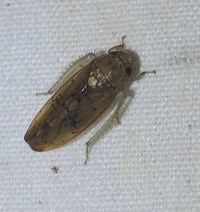 | Photo by: Randy Emmitt
Orange Co.
Comment: at uv light |
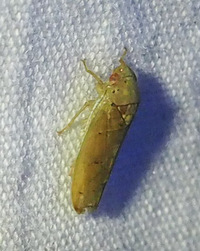 | Photo by: R Emmitt
Orange Co.
Comment: no idea - unid_leafhopper | 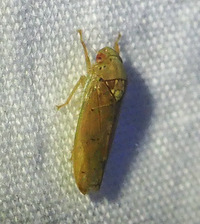 | Photo by: R Emmitt
Orange Co.
Comment: no idea - unid_leafhopper |
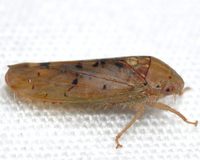 | Photo by: Kyle Kittelberger
Wake Co.
Comment: open forest habitat, near mixed hardwoods; on a lawn | 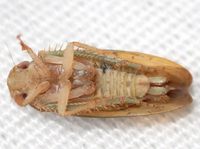 | Photo by: Kyle Kittelberger
Wake Co.
Comment: open forest habitat, near mixed hardwoods; on a lawn |
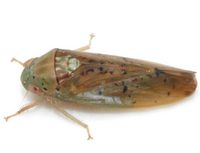 | Photo by: Kyle Kittelberger, Brian Bockhahn
Orange Co.
Comment: Mixed hardwood forest edge habitat | 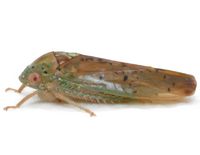 | Photo by: Kyle Kittelberger, Brian Bockhahn
Orange Co.
Comment: Mixed hardwood forest edge habitat |
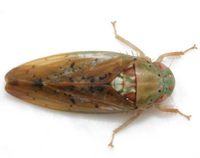 | Photo by: Kyle Kittelberger, Brian Bockhahn
Orange Co.
Comment: Mixed hardwood forest edge habitat | 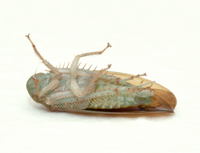 | Photo by: Kyle Kittelberger, Brian Bockhahn
Orange Co.
Comment: Mixed hardwood forest edge habitat |
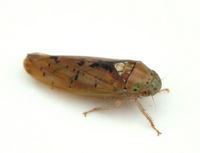 | Photo by: Kyle Kittelberger, Brian Bockhahn
Orange Co.
Comment: Mixed hardwood forest edge habitat |

 »
»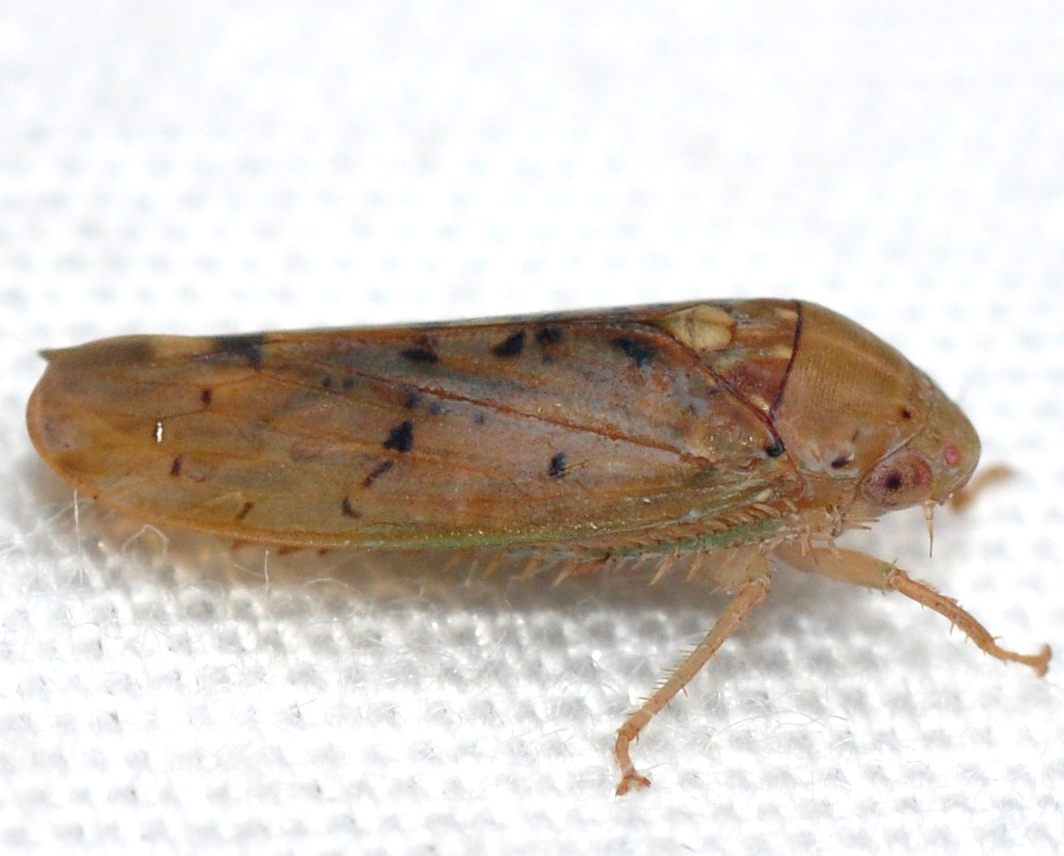
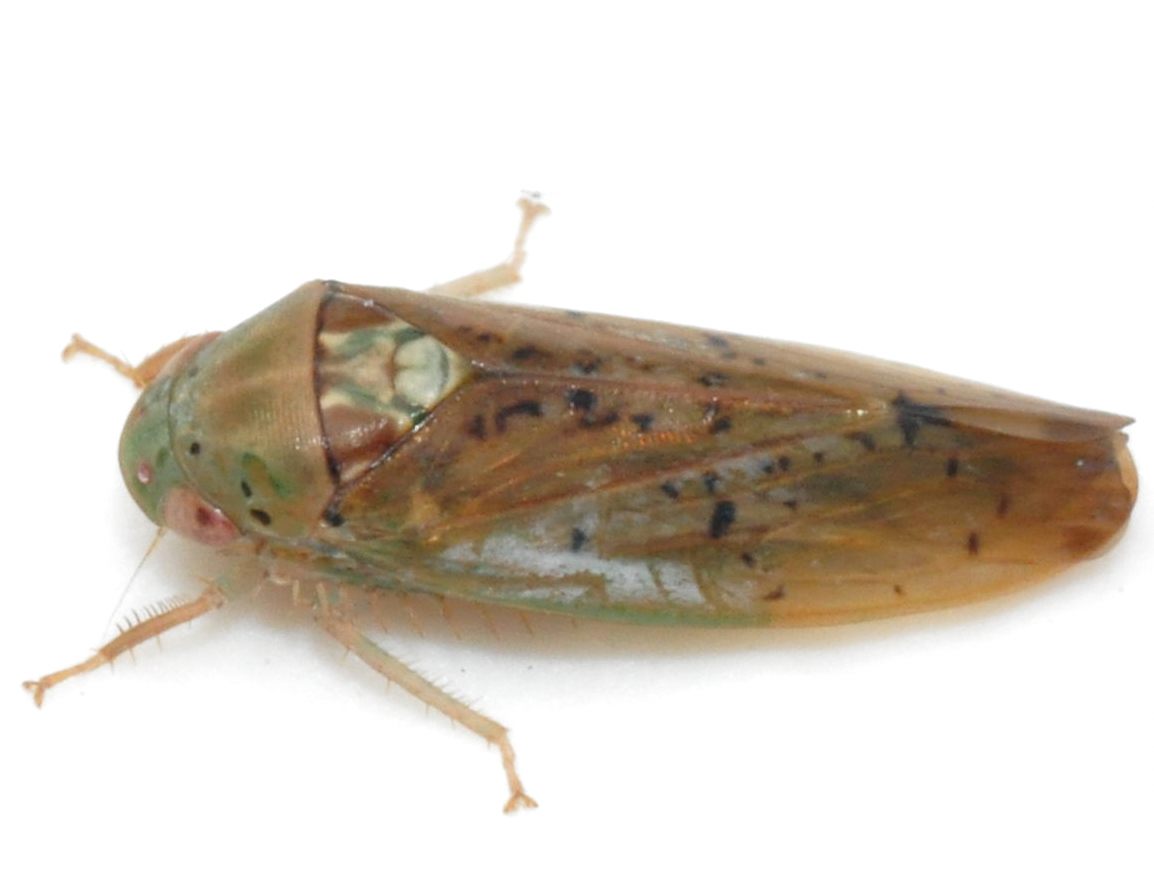

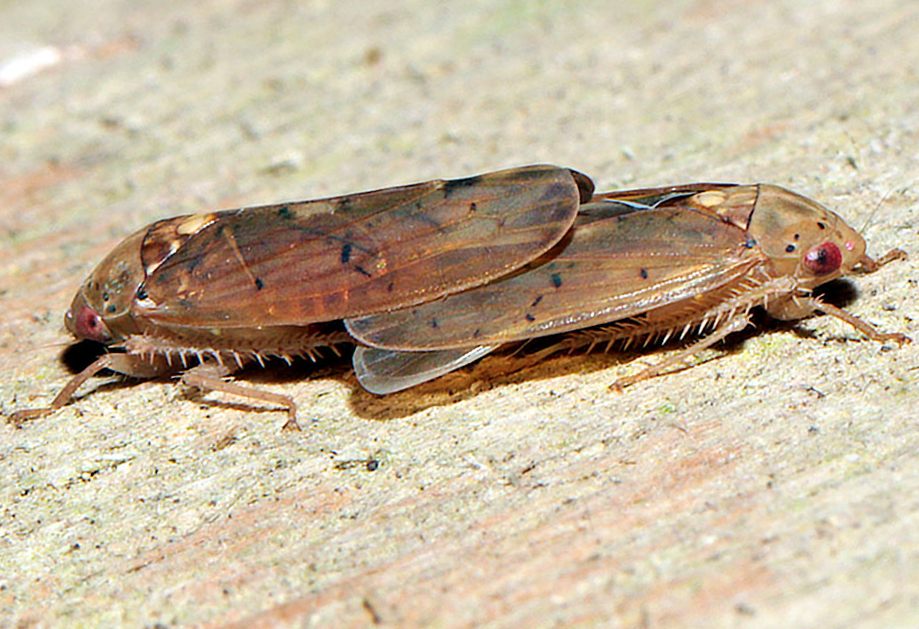

 »
»


